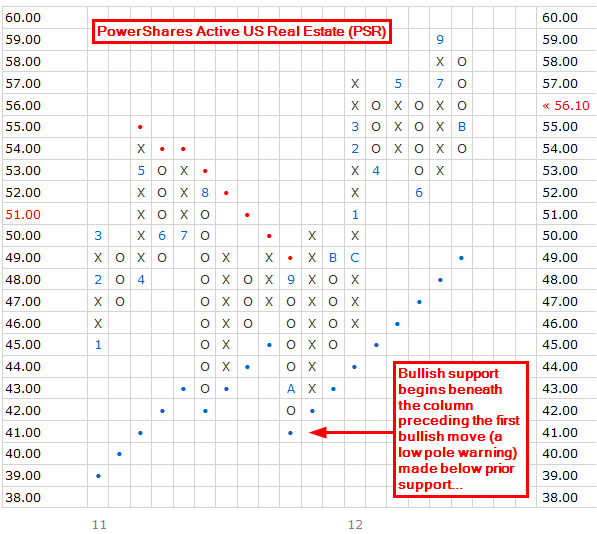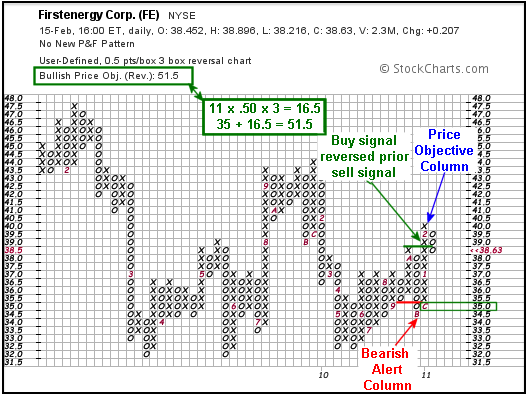Identifying Point and Figure Chart Patterns
Post on: 13 Июнь, 2015 No Comment

Updated: April 12, 2013 at 9:27 AM
Interest has recently resurfaced among technical analysts and forex traders in using a traditional form of price analysis that has been around since the 19 th century in the form of Point and Figure charts. These rather strange looking charts have the main advantage of allowing forex traders to completely eliminate the element of time and instead focus solely on exchange rate movements themselves.
Many professional futures and forex traders still maintain their traditional Point and Figure charts by hand, not only to assist them in forecasting future exchange rate movements, but also as a way of keeping tabs on market movements and key price reversal points.
The following sections cover some of the more useful chart patterns commonly seen on Point and Figure charts and how to identify trends. This article concludes with a brief overview of the advantages of these unique time-free charts versus using traditional plots of price versus time.
Classic Patterns Seen on Point and Figure Charts
Traders using Point and Figure charts generally look for some of the classic patterns that have been identified as having useful predictive value when it comes to forthcoming exchange rate activity. Once you know how to read these patterns, you can easily generate trading signals to buy or sell, depending on how they appear on the chart.
Also, the calculation of measured move objectives is easily done simply by counting vertical or horizontal boxes from the chart pattern’s point of breakout.
A quick summary of some of the classic chart patterns and their attributed trade signals follow below.
Patterns That Generate Buy Signals
In general, point and figure patterns that generate buy signals will show a higher low followed by a higher top. These include bullish patterns with the following commonly-used names:
- Double, Triple and Spread Triple Tops
- Bullish Triangle and Catapult Patterns
- Long Tail Down
- Low Pole

Patterns That Generate Sell Signals
Point and figure patterns that generate sell signals will generally show a lower high, followed by a lower low. These include bearish patterns with the following commonly-used names:
- Double, Triple and Spread Triple Bottoms
- Bearish Triangle and Catapult Patterns
- High Pole
Identifying the Trend and Trading With It
Forex traders using Point and Figure charts as part of their technical analysis methodology will generally identify the direction of the prevailing trend by plotting a diagonal line at a 45 degree slant either upwards from a preceding major low for a rising market, or downwards at the same slope from a major high for a declining market. Traders will also routinely avoid taking positions when trading signals arise that point counter to the direction of the prevailing market trend.
Accordingly, in a rising bullish market, sell signals seen above the plotted up trend line would be ignored, while buy signals would be traded. Conversely, in a falling bearish market, buy signals seen below the plotted down trend line would be ignored, while sell signals would be heeded.
Primary Advantages of Point and Figure Charting
Overall, a number of the benefits of Point and Figure charts arise from their unusual quality of lacking any time frame on the graph. In particular, some of these advantages of using these unusual charts to forecast and monitor forex exchange rate movements include the following:
- Allow traders to focus solely on price action.
- The chart is smoothed since only price reversals beyond a certain size are graphed.
- They are easy to make by hand.
- Trends are readily identifiable on Point and Figure charts.
- Chart patterns have clear breakout points that generate buy or sell signals.
- Measured moves are easily calculated.
Risk Statement: Trading Foreign Exchange on margin carries a high level of risk and may not be suitable for all investors. The possibility exists that you could lose more than your initial deposit. The high degree of leverage can work against you as well as for you.














